This issue of Alaska Park Science explores natural and cultural studies in Alaska's National Parks. Theses studies cover a variety of topics including wildlife management, archaeology, permafrost, sustainable energy, and interviews with two researchers from the Cooperative Park Studies Unit.
-
Article 1: US and Russian Collaboration in Park Science in the Arctic
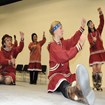
This chapter explores how Russia and the United States joined together for their previously separate Alaska Park Science Symposium and the Beringia Days International Conference to create the bilingual Park Science in the Arctic event. Park Science in the Arctic covers both Russian and Alaskan ecological and cultural topics. Read more
-
Article 2: And the Wildlife Therein
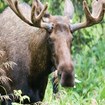
This article explains how the National Parks Conservation Association (NPCA), a non-government agency, has partnered with the National Park Service to conduct studies dealing with funding for wildlife management and research. It describes two student led NPCA reports- "Minding the Gap: Is Wildlife Research Sufficiently Funded in Alaska's National Parks?" and "Who's Counting? How Insufficient Support for Science in Hindering National Park Wildlife Management in Alaska" Read more
-
Gates Of The Arctic National Park & Preserve
Article 3: Tent Ring Archaeology in Gates of the Arctic National Park and Preserve
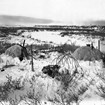
This article explores what a tent ring is and what cultures of Alaskan people once created them. A big question asked in this article is "Are all the tent rings in Gates of the Arctic attributed to Nunamiut occupations?" Through a series of comparisons of different tent rings, the author eventually reaches an answer to the question and realizes the importance of archaeology in Gates of the Arctic. Read more
-
Article 4: Permafrost/Active Layer Monitoring Program: Involving Remote Villages in Permafrost Drilling for Operational and Scientific Applications in Alaska
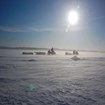
This article explores the science behind how and why permafrost forms and the affects it can have on ecosystems and communities. The Permafrost/Active Layer Monitoring Program is introduced and the author explains both the scientific and the outreach components of this project. There is also a description of classroom activities the Permafrost/Active Layer Monitoring Program developed so teachers can teach students about permafrost. Read more
-
Article 5: The Cooperative Park Studies Unit: Dynamic University-Based Research in the Parks
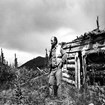
This article explores the process through which the Cooperative Park Studies Unit (CPSU) was founded and the purpose this group had in National Parks. It briefly discusses the projects completed then discusses the fall of the CPSU and the legacy it left behind. Read more
-
Article 6: Zorro Bradley Interview
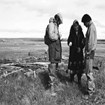
This is an interview conducted by historian Frank Norris that questions longtime anthropologist Zorro Bradley about the creation and purpose of the Cooperative Park Studies Unit. Bradley explains the research they conducted and his opinions on the termination of the CPSU. Read more
-
Article 7: Fred Dean Interview
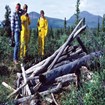
This interview of Fred Dean, a career wildlife biologist at the University of Alaska Fairbanks, explores Dean's background and what brought him to Alaska. It then discusses the Cooperative Park Studies Unit's Biology and Resource Management program, which Dean headed between 1972 and 1983. Read more
-
Article 8: Alternative and Sustainable Energy Sources for Alaska's National Parks
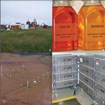
This article discusses the challenge of creating power and electricity in Alaska since there is no widespread power grid and the expense this power generation can have. Solutions to this problem in the Alaska region are explored and the feasibility and current usage of Hybrid Power Systems, Fuel Cells, Bio-diesel, and Wind and hydro-power are discussed. Read more
-
Article 9: The Colors of the Aurora
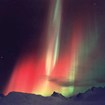
This article describes the history of the aurora borealis and the science behind how it is formed. It discusses how atoms and electrons generate the light and other scientific topics such as the effects of wavelength on the appearance of the aurora and how the altitude of the aurora can be measured. Read more
